STATUS: Just about to head out of the office and to the convention center for an afternoon at Worldcon
What’s playing on the iPod right now? LITTLE LIES by Fleetwood Mac
Last night I had a dinner for the NLA clients who are in town for Worldcon this week. This topic came up and I have to say that we were all in agreement. Sometimes conference attendees need to rethink their clothing choices when the desire is to meet industry professionals.
Now I’m no fashionista (as I prefer Tevas over high heels any day) but I do think there is a difference between attending a conference as a fan and attending a conference as an aspiring author looking to connect with agents, editors, or what have you.
If you’re a fan, hey, wear what you want and be comfortable. If you are there as an author looking to network, maybe the old t-shirt and shorts isn’t the best clothing decision.
And I don’t mean a person has to don a business suit. Heck, even I only wear business casual at any given conference (and I never wear nylons—she says while shuddering with horror). So I wouldn’t expect that of anyone. No tie is required here either. Still, I have to say it, if you’re an author looking for a prospective agent, appearance does count.
So don’t go with the t-shirt. Step up to a collared shirt or a nice blouse. Instead of shorts, choose pants (even a nice, clean pair of jeans is okay with me). Wear the skirt instead of shorts.
And for goodness sake, don’t wear sweatpants. (I haven’t seen it here at Worldcon but I have seen it at other conferences. I even had an author show up in them for her pitch appointment with me.) I want to be assured that any author I took on knows how to dress accordingly and that can start at the conference or pitch meeting.
And last but not least, unless you are at an evening party (where this would be appropriate), a costume isn’t what you really want to be wearing when meeting with an editor or agent.

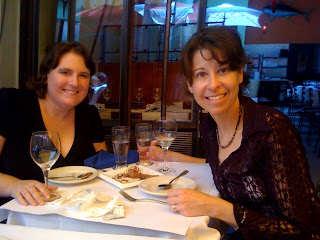
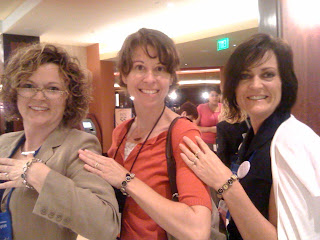

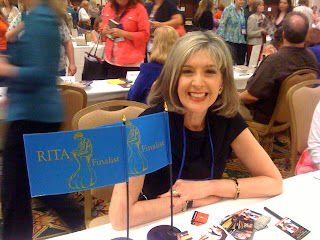
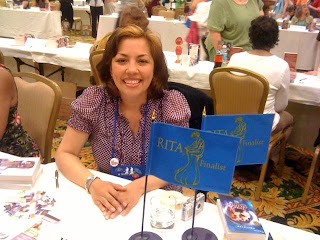
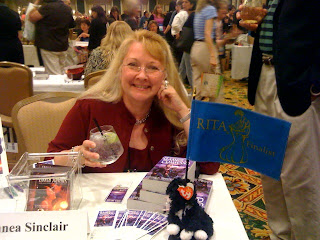 Simone Elkeles
Simone Elkeles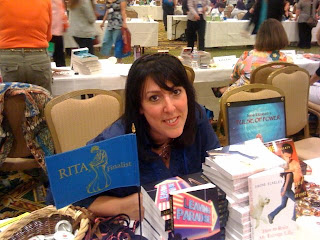
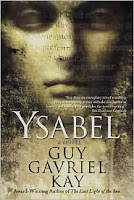
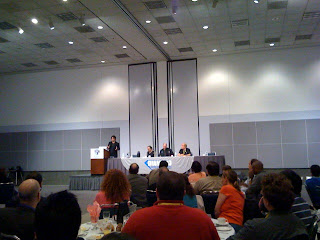
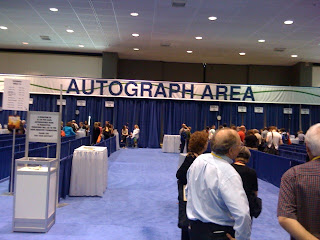

.jpg)
.jpg)
.jpg)